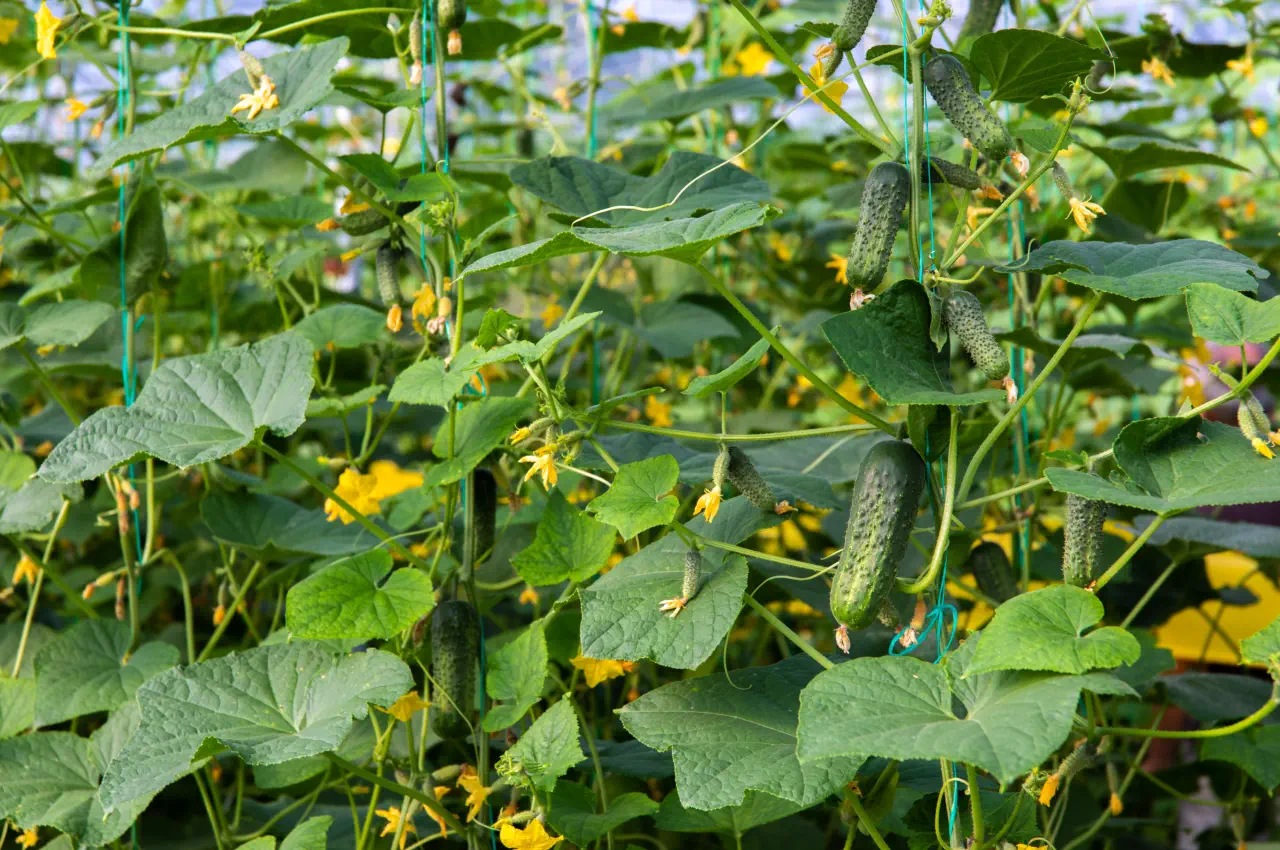Pak Choi is grown for its tasty leaves which are superb when added to stir fries and salads.
The taste is similar to that of mild cabbage and spinach and is a popular addition to many oriental dishes.

Many people often ask whether a gherkin is a cucumber and in the US a gherkin is better known as a pickle, which can be a little confusing for both UK and US gardeners. So, a gherkin is a small variety of cucumber that has been pickled in brine or vinegar.
Gherkins are grown for the specific reason of picking or preserving so they can be eaten at leisure all year round. They are also specifically named as “gherkin cucumbers” so as not to be confused with ridge and smooth cucumbers. The actual word, “gherkin” has a Dutch origin and simply means, small pickled cucumber.
Gherkin Type, very high yielding over a long period.....
Packet Content: 12 Seeds
A bush Gherkin type, suitable for small spaces.....
Packet Content: 15 Seeds
For best results, sow gherkin seeds under cover from March to April. A warm windowsill, propagator or cold, frost-free greenhouse with an average minimum temperature of around 18°C (65F) is required for the germination of cucumber seeds. The seeds can be sown at 1.5cm deep in modular trays or 2 seeds per 7.5cm pot of quality seed compost. Apply water with a watering can and rose attachment. Germination usually takes 5-10 days. If starting the seeds in pots, remove the weaker of the two seedlings.
When the plants have developed 3-4 true leaves, transplant them to larger, 12cm pots and place them in a warm, sheltered position. As the plants continue to grow, move them to a cold frame to acclimatise. Alternatively, the plants can be left outside during the day and brought under cover in the evenings. Seeds can be sown directly to prepared beds during June but care is needed as they may succumb to pests.
The planting beds should be well-prepared in advance by incorporating plenty of well-rotted organic matter during the late autumn. Prior to planting, rake over and firm the soil.
Planting Out
Plant out into their permanent positions from the end of May to early July, when all danger of frost has passed. They should be placed 60cm apart and also 60cm between rows. It’s best if the plants are supported on a trellis, strong netting or post and wire supports so that the young fruits do not come into contact with the ground.
If the plants are allowed to spread along the ground then ensure there is plenty of straw or other material in place to protect the fruits from coming into contact with damp or wet soil. Gherkin cucumber plants can also be grown in growing bags or large containers.
General After Care
Remove any dead or yellowing leaves as they appear and keep the planted area free of weeds. Apply plenty of water to the base of plants, especially during warm, dry spells. When the yellow flowers appear, feed the young plants with a liquid tomato feed every 7 days. Some stems might need to be tied in or trimmed.
All cucumbers are prone to viruses such as mosaic virus and leaf spot. Keeping your plants free of aphids is the best solution. Powdery mildew and downy mildew can be problematic, especially towards the end of summer. It’s always safer to not use chemicals on food plants so good hygiene is best practised where possible.
Gherkin cucumbers should be ready for harvesting from July onwards up until the first frosts. Pick the young gherkin cucumbers when they are approximately 50cm long. Harvest them regularly to encourage more flowering and ultimately more gherkins.
Share your Gherkin growing hints and tips? Let us know with a comment below....
All blog content on this page is copyright of SimplySeed and is not to be reproduced without prior written permission. ©